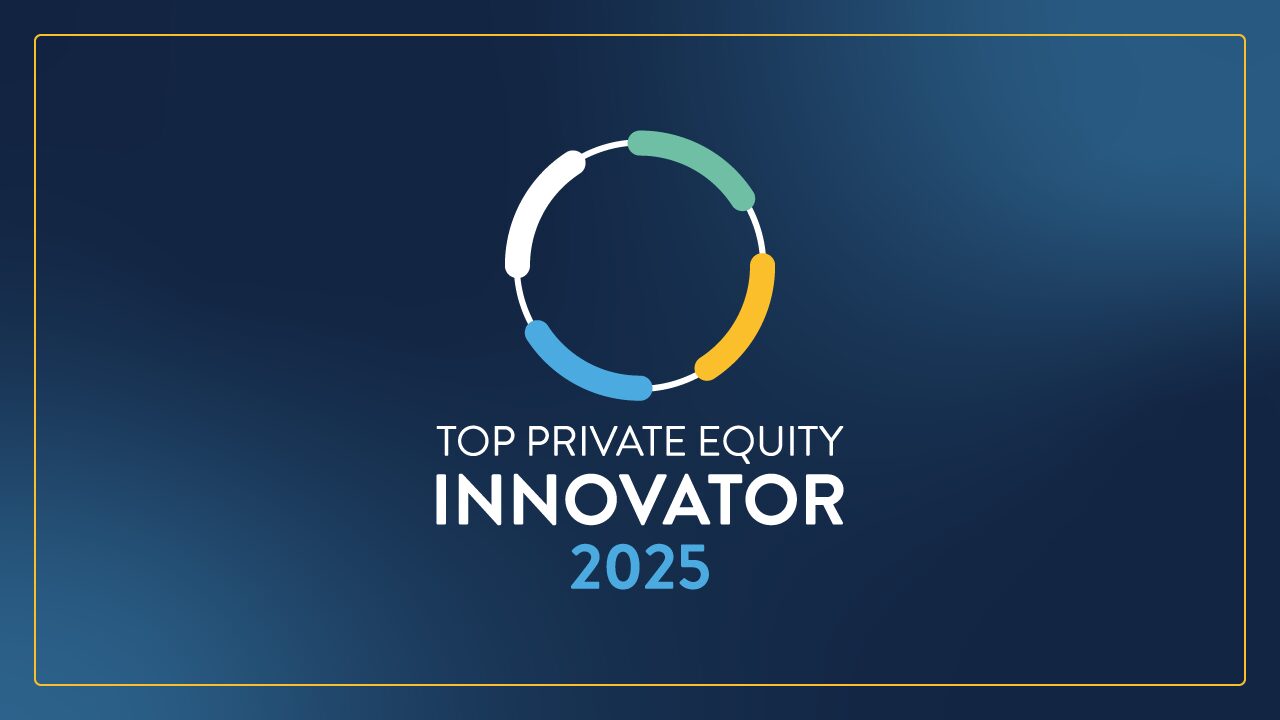Platform modernization is the process of updating the infrastructure, architecture and features of existing platforms to bring them up to current standards. This makes the platform more efficient, secure and valuable.
Outdated platforms can be a major business liability, leading to performance issues, security vulnerabilities and compliance problems. Fixing this can help save money on operating costs and improve customer experience.
App modernization can be a complex and time-consuming process, but it is essential for businesses that want to remain competitive. There are a number of different approaches, all depending on your specific needs and your business’s industry.
If you are evaluating your application modernization strategy, it is important to carefully consider your needs and goals. These should be formulated with time, costs and the impact it will have on your business in mind.
An experienced outside resource may be just what you need do make sure your applications modernization is done right, and we already know the perfect fit for your business. In the meantime, here’s a little more about the benefits of the process, and the steps that go into it.
READ MORE: The Power of AI, Data Analytics in IT Due Diligence

READ MORE: Technical Recruiter (IT): Find the Right Candidate Fast
The Need for Modernization
Platform modernization is essential to improving the customer experience. As expectations continue to rise, a modern platform allows for customization and a better overall experience. Here are some of data platform modernization trends and benefits.
Platform Modernization Benefits
This crucial IT strategy step provides many benefits:
- Enhanced Scalability and Sustainability: Modern platforms are designed with scalability and sustainability in mind, enabling them to handle increased user base and data load without incurring exorbitant maintenance costs. This feature makes them appealing to potential acquirers seeking platforms that can support their plans to grow.
- Enhanced Security: Cybersecurity is especially important to companies these days because it protects against potentially catastrophic disruptions caused by cyberattacks. Modern platforms are more secure compared to older platforms. State-of-the-art security technologies and best practices are employed to safeguard against unauthorized access, data theft and destruction.
- Cost Optimization: Known for their cost-effectiveness, modern platforms are designed to operate efficiently and utilize resources judiciously. This translates into reduced operating costs, which can be a significant advantage for potential buyers.
- Enhanced User Experience: Prioritizing UX, modern platforms leverage cutting-edge technologies and user-centric designs to offer a superior experience compared to older platforms.
- Innovation Potential: Modern platforms are synonymous with innovation, leveraging open standards and technologies to facilitate seamless integration of new features and functionalities.
READ MORE: IT Due Diligence for M&As
Software Modernization Process
- Assess your current platform. The first step is to assess your current platform and identify its strengths and weaknesses. This will help you to determine where improvements should be made as well as to prioritize them.
- Develop a modernization plan. Once you have a good understanding of your current platform, you can develop a modernization plan. This should include goals, the steps you need to take and the resources you’ll need.
- Migrate your data and applications. The next step is to migrate your data and applications to the new platform. This can be complex and time-consuming, so it is important to plan and execute carefully.
- Test and deploy the new platform. As you get closer to a larger rollout, you need to test the new platform to make sure everything functions as expected. Deploying to production is a safe way to do this while monitoring performance.
- Train employees on the new platform. Before clients or customers get their hands on the modernized platform, make sure your employees know it inside-out, upside-down. Not only do you want to make sure they can use it effectively, but they should also be able to help the end user with any issues. Training can be done through classroom instruction, online training or in an on-the-job setting. Whichever route you go, make sure it’s hands-on.
Even for apps or software that are for internal use only, you want to make sure key leaders understand how it functions before performing a wider rollout. - Support and maintain the new platform. Once the new platform is live, you need to maintain it. This includes providing support to users, fixing bugs and making security updates. True platform modernization is a never-ending process in today’s business environment.
When going through this process, consider starting small. Don’t try to modernize your entire platform all at once. This will help you to build momentum and learn from your mistakes.
Related to that, you should also use a phased approach to reduce the risk of disruption and make the process more manageable.
Lastly, get buy-in from stakeholders before you begin to ensure everyone is on the same page.
Whatever your approach, be prepared for change and be willing to adapt.
READ MORE: What is a Product Vision Roadmap?
Whether you’re a private or public company ready to upgrade an existing system, or a private equity firm looking to boost a portfolio company’s value, we’re here to help.
The BluWave-grade service providers in the Business Builders’ Network have extensive experience with platform modernization, no matter what your industry.
They understand the importance of upgrading not only with speed, but also quality, with the end user in mind all the time.
Our research and operations team will connect you with two or three best-fit options for your exact situation within a single business day. Reach out today to get your platform modernization project started ASAP with an experienced team of experts to guide you.


